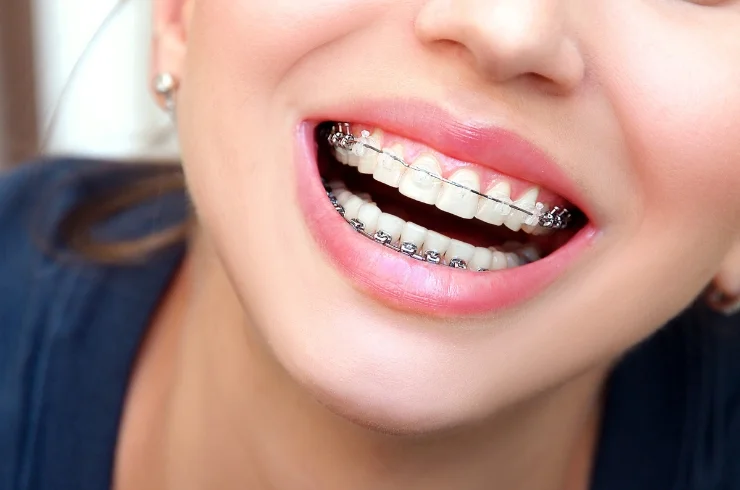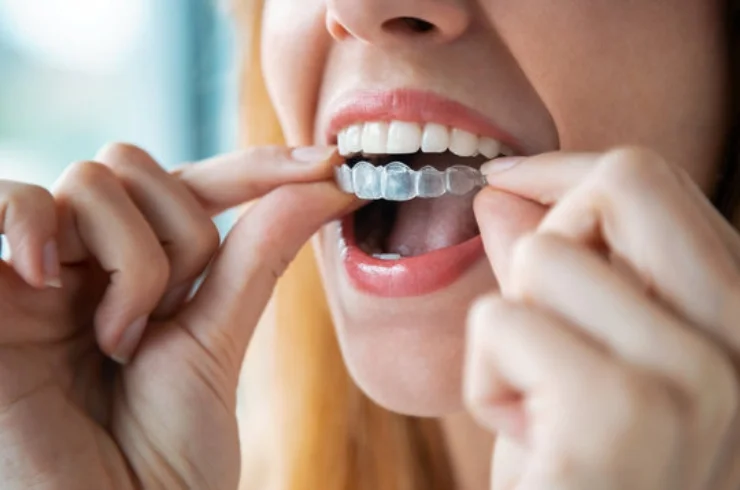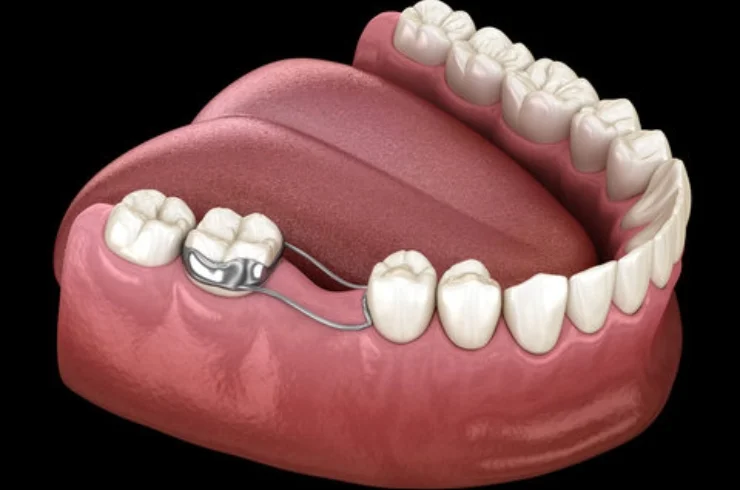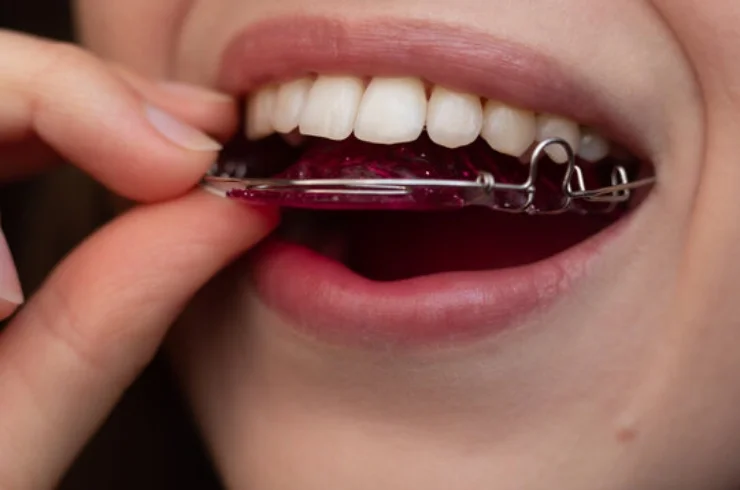
- Hyderabad, India
- +91-9121142043
- dr.meher83@gmail.com
- Book An Appointment


Braces are dental devices used to correct misaligned teeth and jaws, improving both function and appearance. Two popular types of braces are metal braces and ceramic braces, each with its own advantages and considerations.
Metal braces are the most common type of braces and are typically made from high-grade stainless steel. They consist of metal brackets that are bonded to the teeth and connected by a wire, which is periodically tightened to gradually shift the teeth into their desired positions.
Ceramic braces function similarly to metal braces but use clear or tooth-colored brackets, making them less visible. They are popular among older teens and adults who want a more discreet option.
The treatment process for both metal and ceramic braces generally involves the following steps:
Both metal and ceramic braces offer effective solutions for correcting dental misalignments, and the choice between them often depends on personal preferences regarding aesthetics, cost, and comfort. If you’re considering orthodontic treatment, contact THC Dental Centre for a consultation to determine the best option for your needs.

Invisalign is a popular brand of clear aligners that offers a modern approach to orthodontic treatment. Clear aligners are removable, transparent trays designed to gradually shift teeth into their desired positions, providing a less visible alternative to traditional braces.
Clear aligners are custom-made plastic trays that fit snugly over the teeth and apply controlled pressure to move them. They are designed using advanced 3D imaging technology to create a series of aligners that are developed for each patient’s unique dental structure.
Invisalign is one of the most well-known brands of clear aligners. It uses a series of clear, removable, and comfortable aligners to straighten teeth without the use of metal brackets or wires.
The treatment with clear aligners, including Invisalign, typically involves the following steps:
Invisalign and clear aligners present a modern, discreet alternative to traditional braces for those seeking to straighten their teeth. If you’re considering clear aligner treatment, contact THC Dental Centre for a consultation to determine the most suitable option for your orthodontic needs.

Space maintainers are dental appliances used primarily in pediatric dentistry to maintain the space of a lost primary (baby) tooth until the permanent tooth erupts. They are essential for ensuring proper alignment and spacing of the adult teeth as they grow in.
When a primary tooth is lost too early due to decay, trauma, or other reasons, adjacent teeth may shift into the empty space, potentially leading to misalignment and crowding of the permanent teeth. Space maintainers help to keep the space open, allowing the permanent tooth to emerge properly.
These are cemented in place and cannot be removed by the patient. Common types include:
Similar to a retainer, these can be taken out by the patient for cleaning and maintenance. They are less commonly used compared to fixed types but may be appropriate in certain situations.
Space maintainers play a crucial role in pediatric dentistry, helping to maintain proper spacing for permanent teeth and supporting overall oral health in children. If you have concerns about your child’s dental development or think they may need a space maintainer, consult with a dentist for an evaluation and personalized treatment options.

Retainers are dental appliances designed to maintain the position of teeth following orthodontic treatment. After the removal of braces or clear aligners, retainers help prevent teeth from shifting back to their original positions, ensuring the long-term success of orthodontic corrections.
These are bonded to the back of the teeth and are not removable by the patient. They are typically used for the lower front teeth and are made of a thin wire that is attached to the teeth with dental adhesive.
These can be taken out and are usually made of plastic or a combination of plastic and wire. The most common types include:
Retainers are crucial in the orthodontic process for several reasons:
To ensure the effectiveness of retainers, patients must adhere to specific wearing instructions:
Retainers are an essential component of the orthodontic process, helping to maintain the alignment achieved through braces or aligners. If you’ve completed orthodontic treatment, it’s crucial to adhere to your retainer regimen to ensure the longevity of your results. For personalized advice and information regarding retainers, consult your orthodontist.